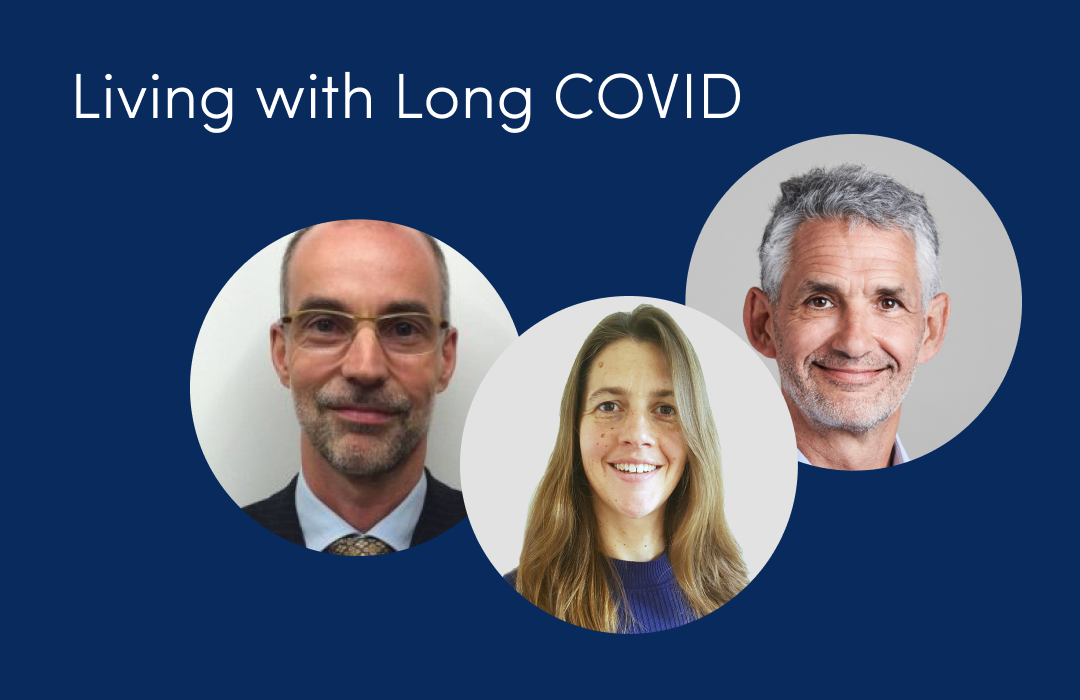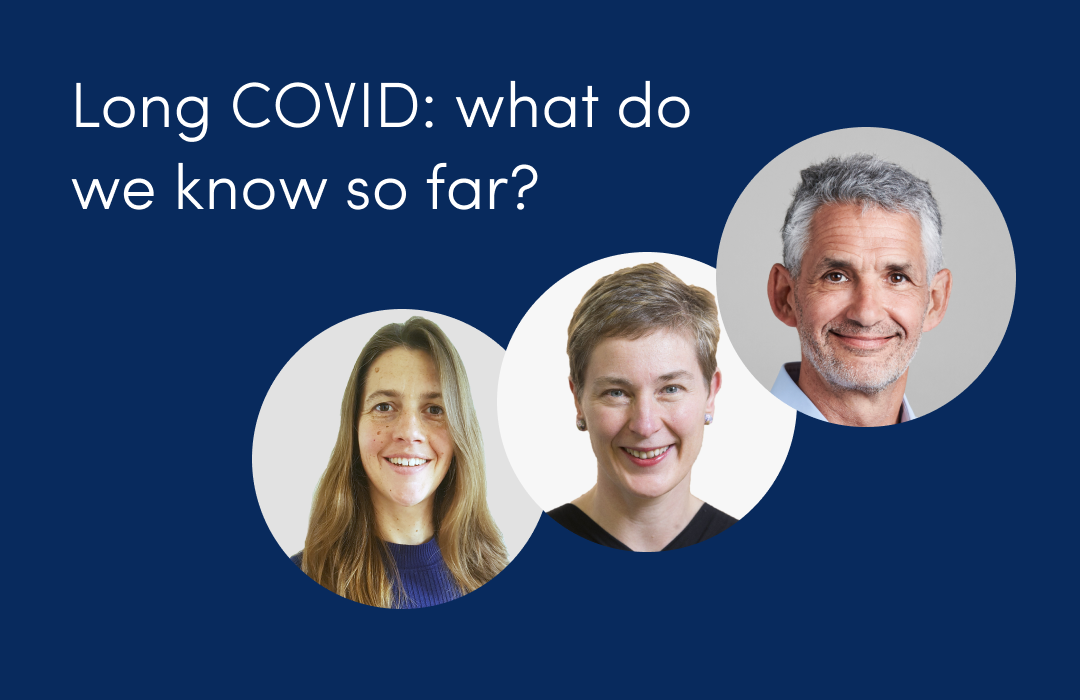
COVID estimates updated as more people are being vaccinated
July 21, 2021

This article has not been updated recently
- Why is ZOE updating its COVID incidence figures?
- What does our updated methodology show?
- How has ZOE updated COVID incidence estimates?
- What does this mean for the future?
- We still need you to keep logging your health in the ZOE app
To make sure that our figures are as robust as possible, we’ve updated the way we calculate our COVID incidence figures. This means that you’ll see the numbers change.
Why is ZOE updating its COVID incidence figures ?
Many people rely on information from the ZOE COVID Study to understand what’s going on with COVID in the UK, but the situation is changing fast as the Delta variant spreads and more people get vaccinated.
We’re constantly monitoring our data and reviewing our figures. When we looked closer at how the pandemic and people’s behaviour were influencing our estimate of new cases, we decided it was the right time to adjust our methodology.
As our ZOE app contributors and the wider population continue to take full advantage of the vaccine rollout to help tackle the pandemic, we’ve seen the number of unvaccinated people in our dataset steadily decline.
After thorough testing, we’ve developed an updated calculation method that will allow us to continue reporting on incidence figures in the UK with confidence.
As one of the UK’s leading studies into COVID-19, it’s our responsibility to constantly review how our survey works to keep pace with the changing situation on the ground.
What does our updated methodology show?
Last week, we reported a plateau in new COVID cases based on our methods at the time, which relied on a small number of unvaccinated people in our dataset compared with the wider UK population. The number of daily new cases in the unvaccinated group appeared to be dropping which in turn resulted in our overall numbers trending down. This meant the figures were accurate to our dataset but didn’t represent the full picture in the UK.
Using our new methodology to adjust for this, the new estimates show that the number of daily cases in the UK is still on the rise in both vaccinated and unvaccinated groups (Graph 1).

As you see in the graph below, when we overlay our previous estimate (red line) and new adjusted estimate (orange line) in a single graph, we can see our updated methods align more closely to trends observed in government confirmed cases (blue line) (Graph 2).

Also, to help you see how the new incidence figures compare to the other COVID-19 surveillance studies, we’ve created the graph below, which shows us that the new figures are more closely aligned (Graph 3).

How has ZOE updated COVID incidence estimates?
The main adjustments we’ve made to our calculations are:
- Changing the definition of ‘newly sick’ to include more people in our estimate calculations
- Inclusion of Lateral Flow Test results
- Adjustment by both age and vaccination status
Changing the definition of ‘newly sick’
We use the term ‘newly sick’ to identify app contributors who could potentially be newly infected with COVID-19 based on their symptoms. We’re now broadening the criteria that defines a contributor as ‘newly sick’ so that more people, including those who report less frequently, also fall into this category, increasing our sample size. We’re also including data reported on behalf of others e.g. parents reporting for their children.
While a (now increased) sample of our data is used to calculate incidence, all data collected by the ZOE COVID Study is used in the research conducted by King’s College London and has contributed to the important discoveries including: vaccine after effects, vaccine effectiveness and post-vaccination infection symptoms.
Including lateral flow tests as well as PCR tests
Historically, we only included the results of PCR tests in the survey as they were the first tests to be available and being used for the majority of testing. However, since Lateral Flow Tests (LFT) have been made widely available in the UK, we’ve seen huge numbers of LFTs logged in our app. As a result, we’re now including the results of LFTs in our incidence estimates.
Currently, we see roughly half of all tests coming from PCR and the other half from LFTs.
Adjusting by both age and vaccination status
Back in May, we began taking people’s vaccination status into account in our incidence estimates. With the addition of LFTs and the updated definition of ‘newly sick’ we have increased the sample size and we can now include adjustments based on age group. This accounts for our high proportion of older app contributors and vaccinations in our data set and helps control for the fact younger people are more likely to be unvaccinated and be infected in the current environment.
What does this mean for the future?
The ZOE COVID Study will soon reach a point where the numbers of unvaccinated people of all age groups are so low we will not be able to report COVID incidence estimates for unvaccinated people. Based on the current rates of vaccination uptake, this could happen in the next few weeks. This is something that all the COVID-19 surveillance surveys will be experiencing soon as well.
It’s something we anticipated, and we’ve arrived at this point sooner than the wider population because our loyal contributors have been so keen to get their vaccines and report them in the app!
We’re keeping a close eye on our data as we move forward, and we’ll keep you updated when we make the decision that we are no longer able to estimate incidence in unvaccinated people.
We still need you to keep logging your health in the ZOE app!
The good news is, thanks to your amazing contributions, we have unrivalled data on the effectiveness of COVID-19 vaccinations in the real world. This means we’ll continue to be at the forefront of understanding how the pandemic is evolving in the UK and across the world.
Together with our research colleagues at King’s College London we’re looking at:
- COVID incidence and prevalence in vaccinated people
- Incidence and prevalence in different age groups of vaccinated people
- Vaccine effectiveness against new variants
- The symptoms of COVID infection in vaccinated people
- The risk factors for getting COVID after vaccination
- What protects vaccinated people from COVID?
- Reinfection of vaccinated people
To help us answer these vital questions and more, all you need to do is use the ZOE COVID Study app and spend just one minute logging your health each day. Thank you.
Stay safe and keep logging.












.png)


.jpg)













.png)







%202.png)
.png)

















.png)




%20(1).png)


